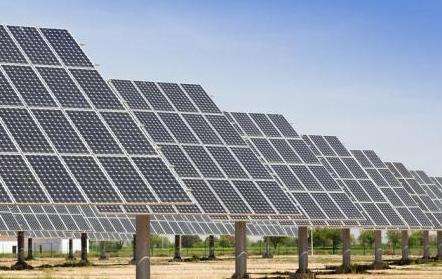Seasonal differences in photovoltaic energy production and hydroelectric energy production during the year form a complementarity during the year. Faced with electricity shortages, we should actively explore the hydro-wind-solar complementary development model. There are seasonal differences in photovoltaic power production, showing the characteristics of large production in winter and spring and low production in summer and autumn. This forms a natural year-round relationship with the characteristics of hydropower generation during the wet season in summer and the dry season in winter. When there is less water during a hot sun, photovoltaic power generation is used to supplement electrical power. Photovoltaic power plants can be set up during the day thanks to hydroelectric power plants to promote energy consumption.new approach. At the same time, through the complementary production characteristics of hydroelectric and photovoltaic power generation during the year, the utilization rate of the transmission line can be improved and the overall efficiency of power generation can be improved. electricity can be improved. Build a multi-dimensional digital twin platform for hydroelectric, photovoltaic and wind power to achieve high-precision, truly three-dimensional and real dynamic and holographic reproduction of the power plant, facilitating intelligent management of the entire cycle life of power plant construction from planning and design, technical construction to operation and maintenance management, improve efficiency, guarantee construction schedule and ensure safety.
Seasonal differences in annual production between photovoltaic energy production and hydroelectric p
Introduction Seasonal differences in the annual output of photovoltaic power generation and hydropower generation Seasonal differences in the annual output of photovoltaic power generation and hydropower generation form an intra-annual complementarity. Faced with elec














